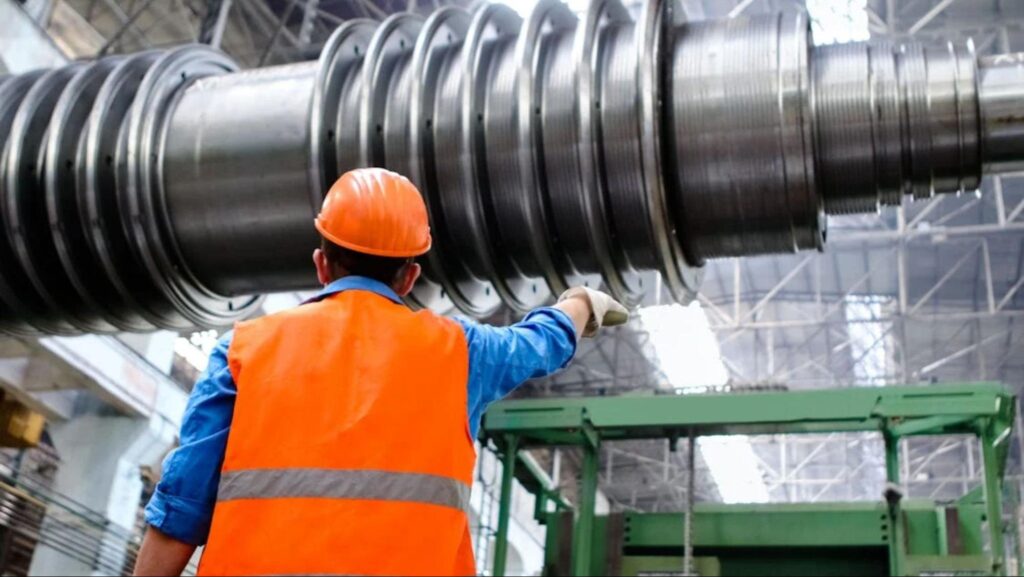Printed Circuit Boards (PCBs) are the backbone of modern electronics, powering everything from smartphones and computers to industrial machinery and medical devices. These essential components enable the functionality of complex systems by providing the foundation for electronic circuits. As technology continues to evolve, the demand for more powerful, compact, and efficient devices has driven significant advancements in PCB manufacturing. Innovations in design, materials, and production techniques are allowing for the creation of PCBs that are not only smaller and more lightweight but also more reliable and capable of handling higher power loads. These advancements are reshaping industries and pushing the boundaries of what’s possible in the world of electronics. Let’s explore some of the latest breakthroughs in PCB manufacturing that are shaping the future of the industry.
The Rise of Flexible and Rigid-Flex PCBs
One of the most exciting developments in PCB manufacturing is the increased use of flexible and rigid-flex PCBs. These boards are ideal for devices that require both durability and flexibility, such as wearable technology and medical devices. Flexible PCBs allow for bending and folding without losing integrity, making them perfect for compact applications. Rigid-flex PCBs are increasingly popular in industries like aerospace and automotive, where reliability under extreme conditions is crucial. Combining the benefits of both rigid and flexible boards, they offer superior performance in demanding environments.
Miniaturization and High-Density Interconnects
As electronic devices become more compact, PCB manufacturers have adapted by creating high-density interconnect (HDI) PCBs. These advanced boards allow for more components to be packed into a smaller space, enabling the miniaturization of gadgets like smartphones, tablets, and other portable electronics.

HDI technology allows for faster processing speeds and better performance in a reduced footprint. Additionally, multilayer PCBs are becoming standard in high-performance devices. By stacking multiple layers of circuits, these boards provide improved electrical performance without increasing the size of the PCB itself, making them perfect for modern electronics.
Advancements in Durability and Performance
As electronic devices are pushed to their limits in terms of performance and durability, PCB manufacturing has risen to the challenge. Modern PCBs are designed to handle more power while remaining efficient and reliable. One of the key technologies in this area is the Heavy Copper PCB, which is engineered to manage higher electrical currents and dissipate heat more effectively. This innovation is particularly important for industries such as automotive and industrial machinery, where reliable performance in harsh conditions is essential for long-term functionality and safety.
The Role of Automation and AI in PCB Manufacturing
The integration of automation and artificial intelligence (AI) into PCB manufacturing is another game changer. Automated processes now handle intricate designs with greater precision and speed, improving overall efficiency. AI helps optimize circuit layouts and detect potential design flaws early, reducing errors and ensuring a smoother production process. Automation also allows manufacturers to scale up production without compromising on quality, making PCB production faster, more affordable, and increasingly accessible to companies of all sizes.

PCB manufacturing is evolving rapidly, with innovations such as flexible PCBs, miniaturization, heavy copper technology, and AI-driven automation leading the charge. These advancements are empowering industries to create smaller, more powerful, and more efficient devices, paving the way for the next generation of electronic innovation.
